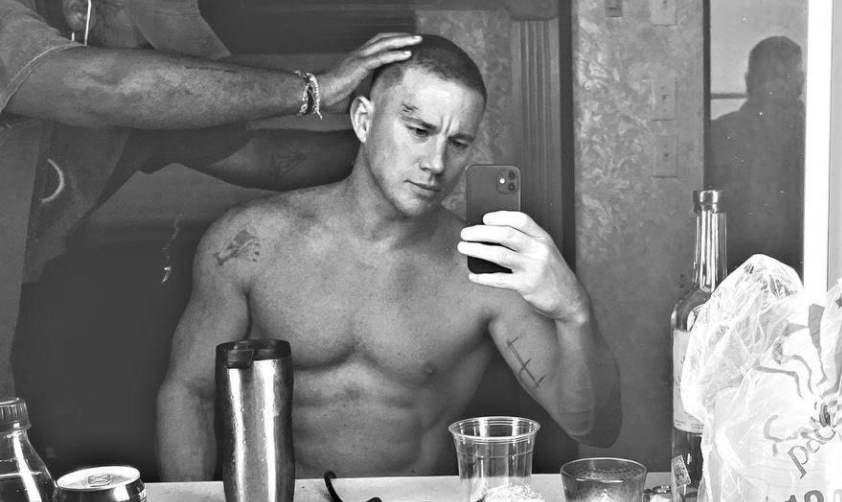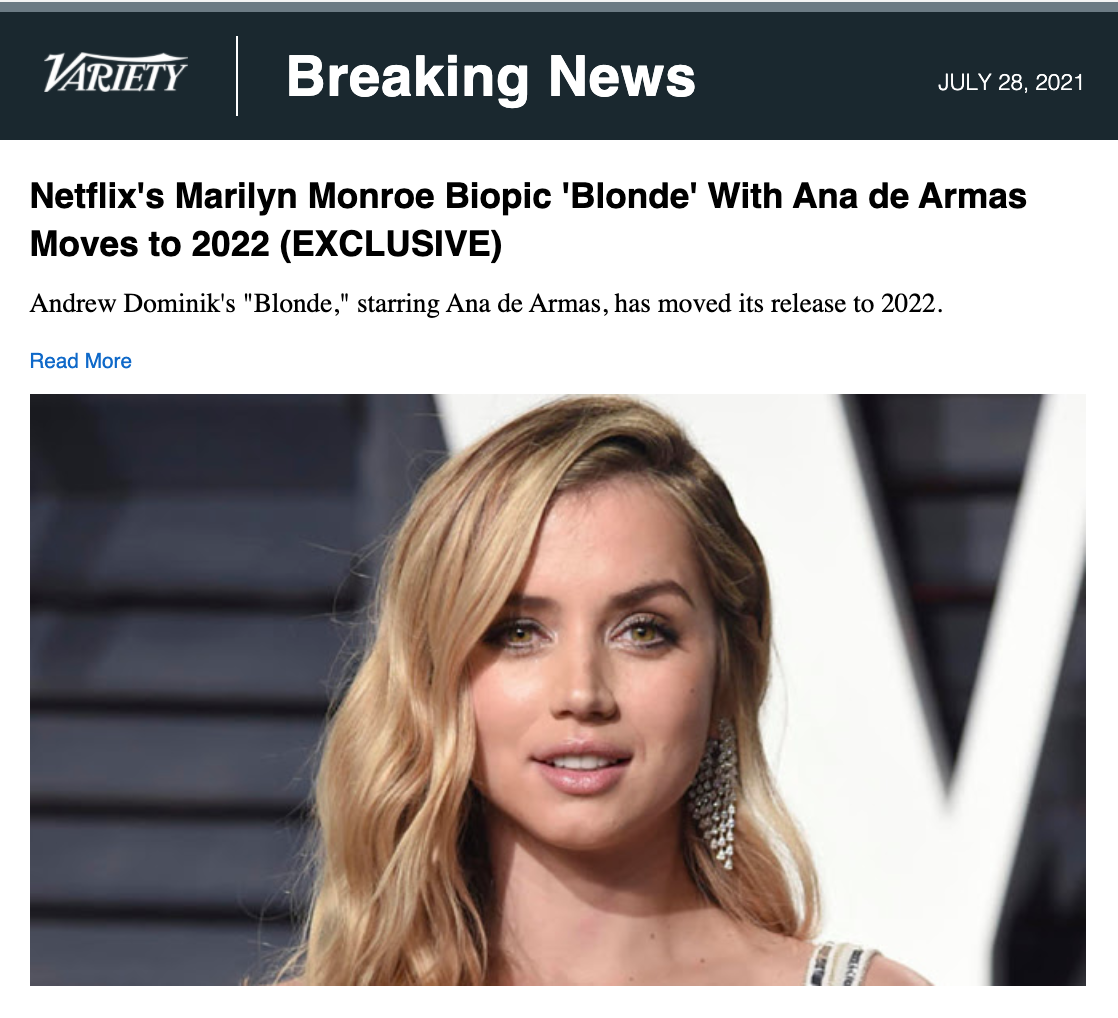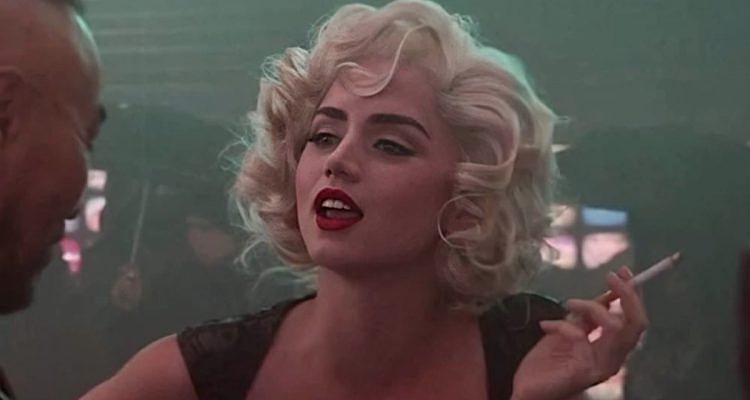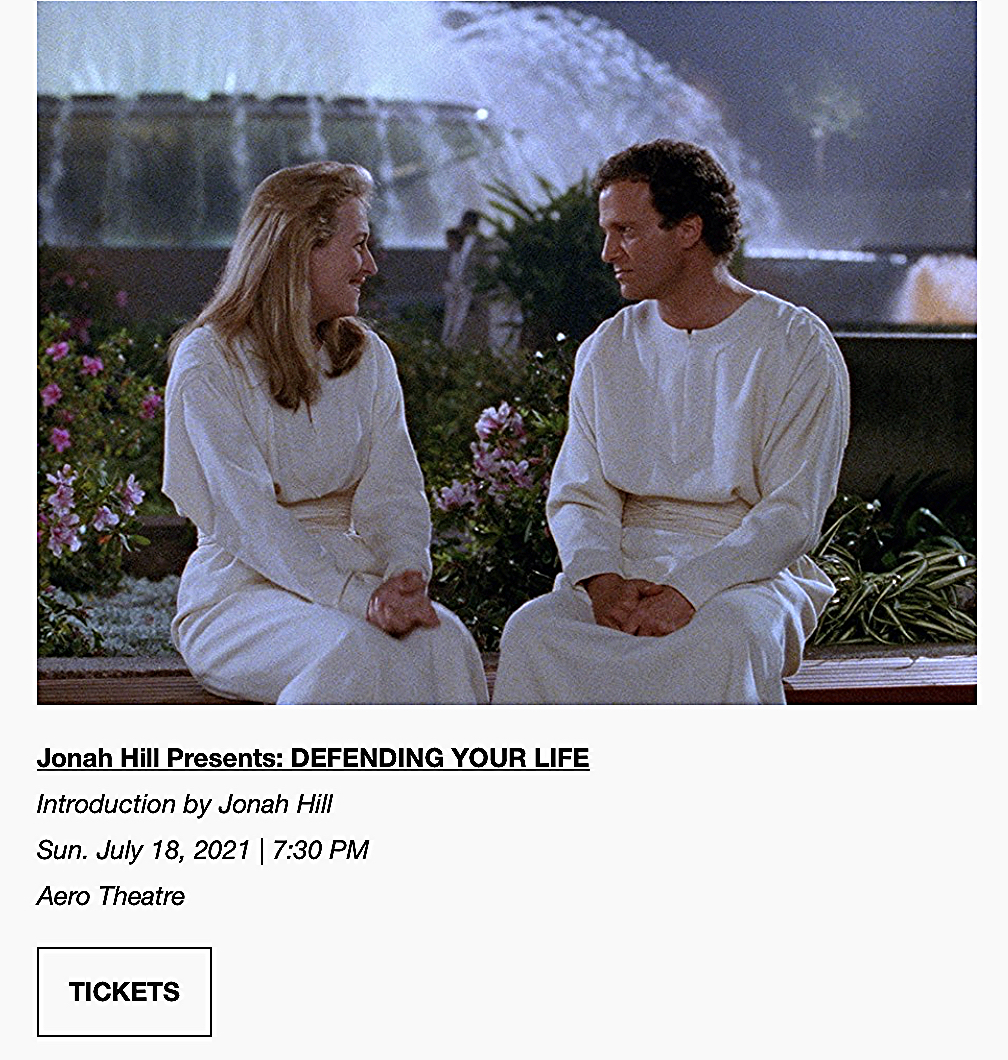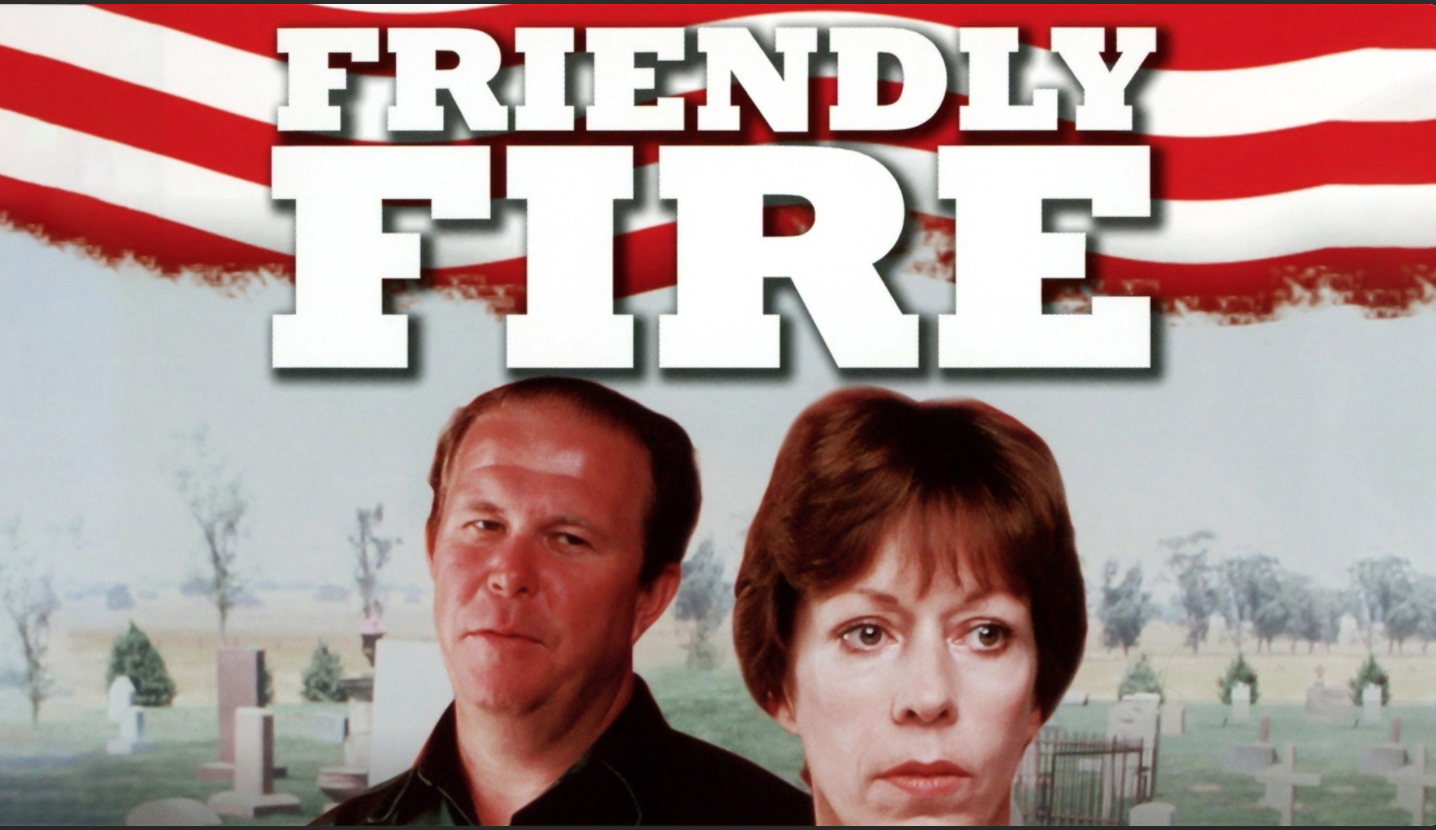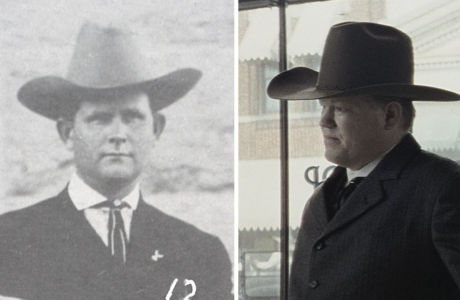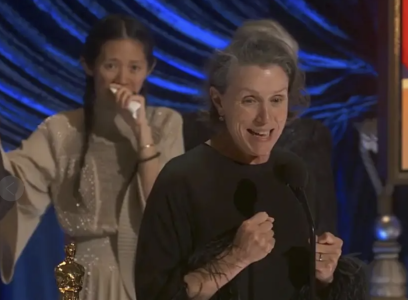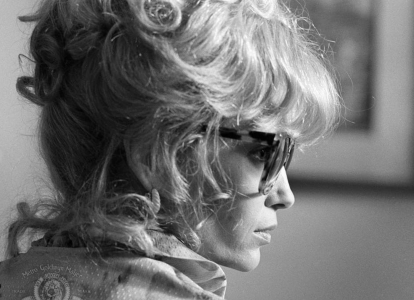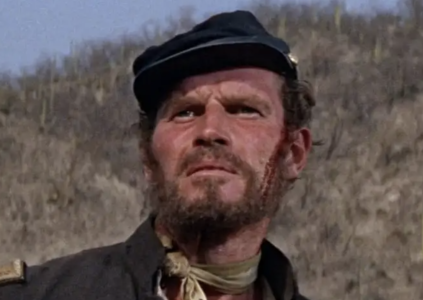Remember what supermodels used to look like ten, twenty, thirty years ago? We all understood the genetic, glowing signals. Rail-thin, sleek, elegant, striking, beautiful, wow. Well, according to the September issue of Vogue, times have changed. Today’s supermodels exemplify the beauty of great genes but also (and more importantly) diversity, varying sizes, wokeness, women supporting women, equality, no one being marginalized, etc.
And just to drive the point home, the eight Vogue models heralded in the new issue — Kaia Gerber (spawn of Cindy Crawford), Anok Yai, Precious Lee, Bella Hadid, Sherry Shi, Ariel Nicholson, Yumi Nu and Lola Leon (daughter of Madonna and Carlos Leon) — all have their hair in a tight bun or pulled into a ponytail. We get it..
The fashion industry has never been about what straight guys think, of course, but what this photo basically confirms is that the age-old pleasure of guys gazing at supermodels is…well, perhaps not “over” but more of a mixed-bag activity. Because two or three of these women, no offense, are not classic head-turners.
The devastatingly beautiful Yai fits the classic mold, of course; ditto Gerber, Hadid, Leon and Li. The alabaster-skinned, ginger-haired Nicholson…okay, fine. The plus-sizers represent a different aesthetic.
Friendo: “This is just virtue-signaling crap. Instagram and Tik Tok still show what kinds of women draw eyeballs. Honestly, has the world ever beheld a more censorious, strident, militant, punishing generation? It’s like in Orwell where things mean the opposite — Ministry of Love, Ministry of Truth, etc. The idea that they love everyone and marginalize no one and everyone is as accepted as they are is, at the very least, PARTIAL BULLSHIT. You agree with them or you’re destroyed. Accept the new aesthetic or face banishment.”
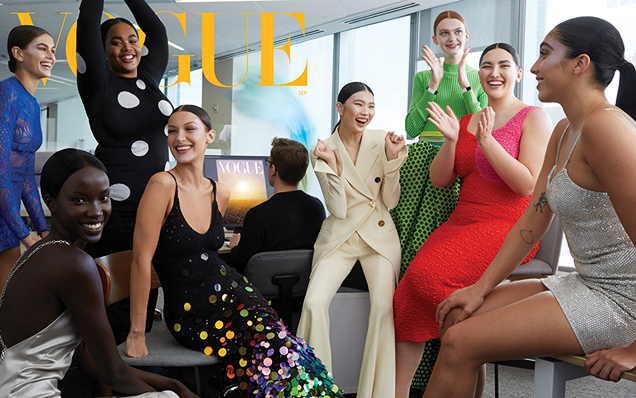
From left: Kaia Gerber (daughter of Cindy Crawford) wears Tom Ford. Anok Yai wears Ralph Lauren Collection. Precious Lee wears Carolina Herrera. Bella Hadid wears Christopher John Rogers. Sherry Shi wears Proenza Schouler. Ariel Nicholson wears Christopher John Rogers. Yumi Nu wears Mara Hoffman. Lola Leon (daughter of Madonna and Carlos Leon) wears Michael Kors Collection. Hair, Lucas Wilson; makeup, Jen Myles. Fashion Editors: Tonne Goodman and Gabriella Karefa-Johnson.Photographed by Ethan James Green, Vogue, September 2021.



